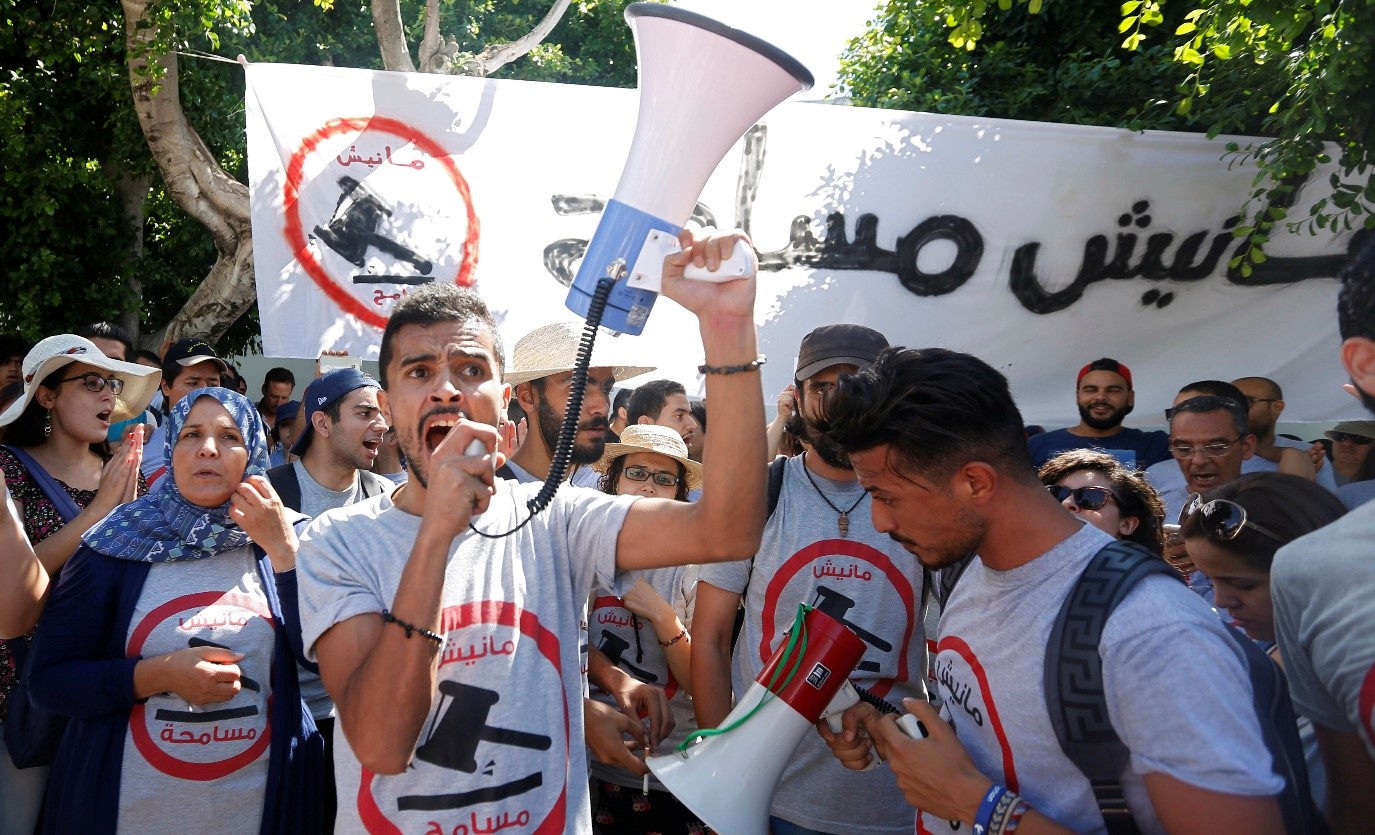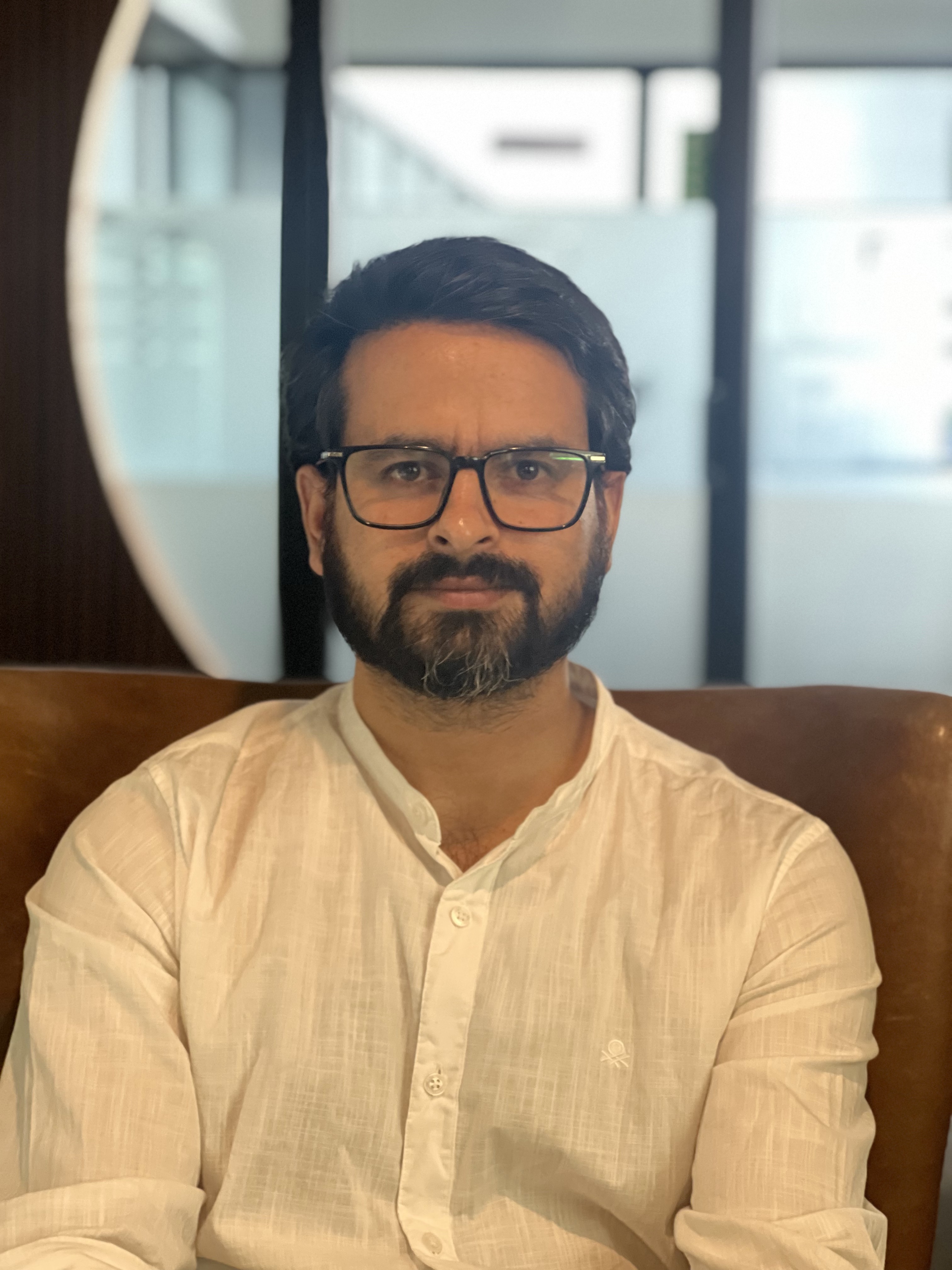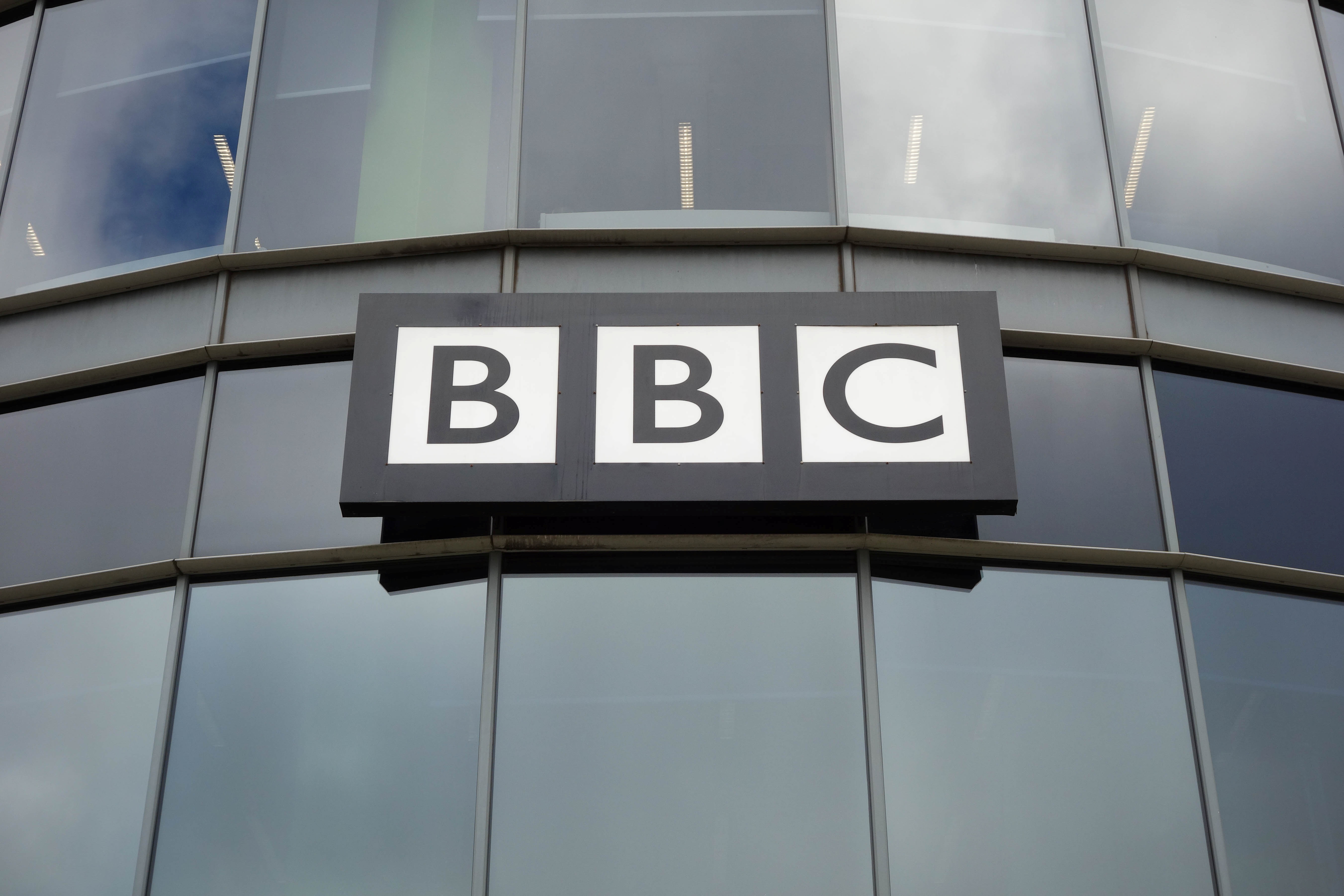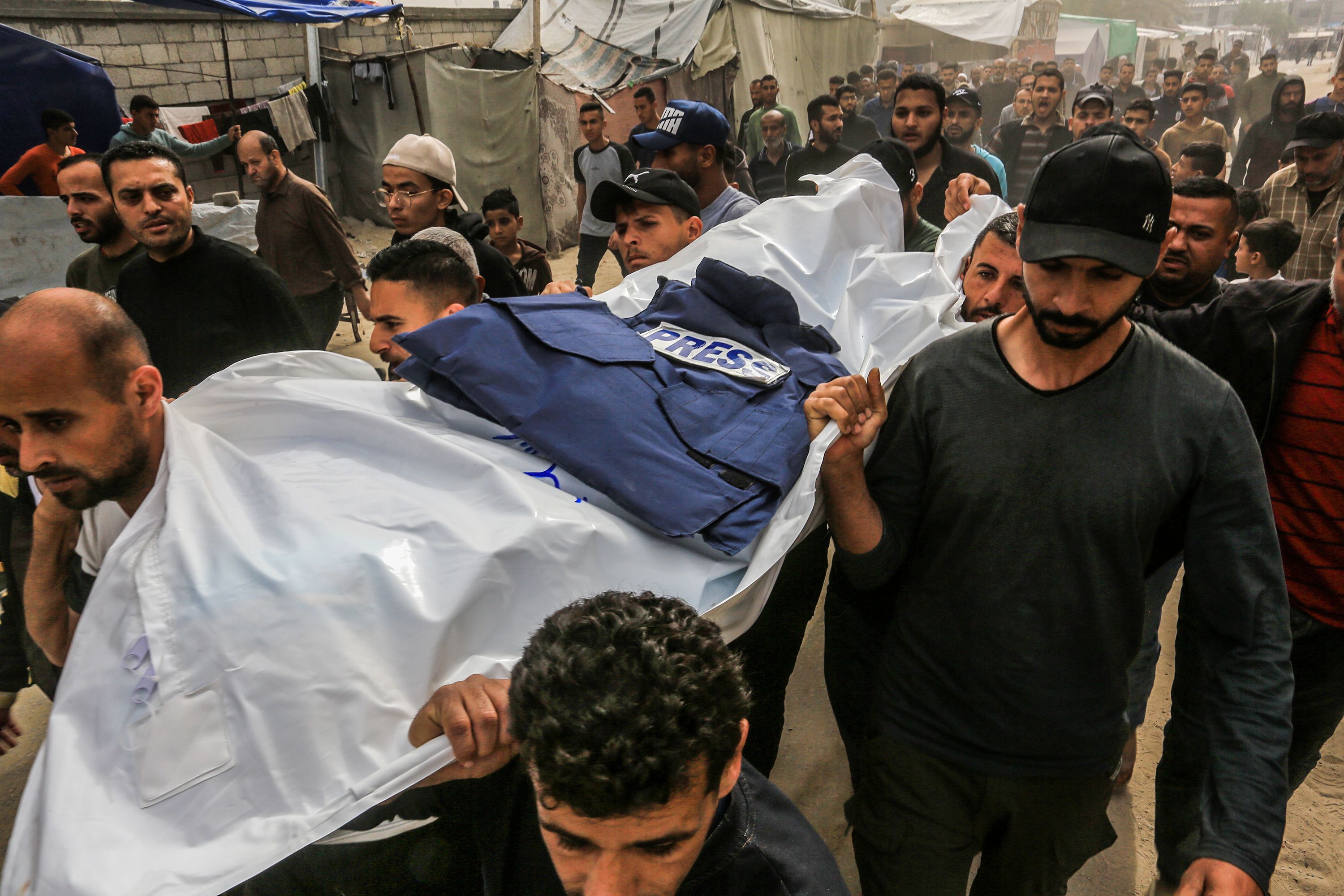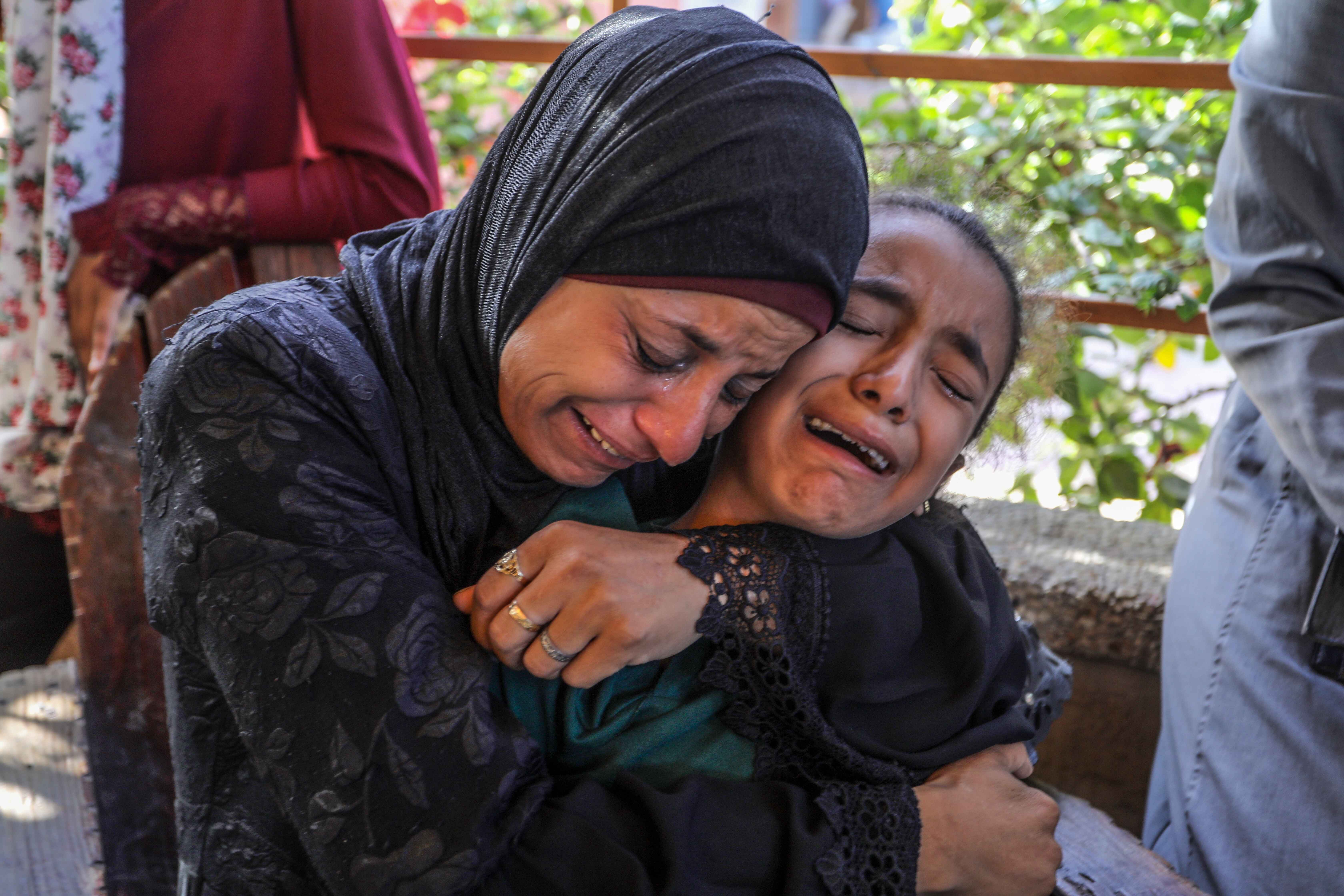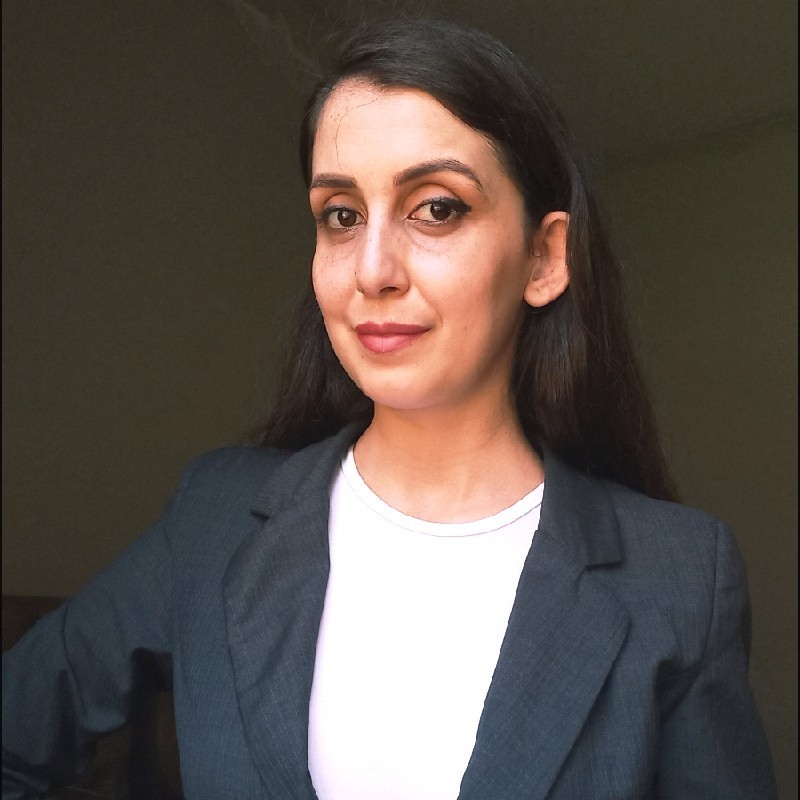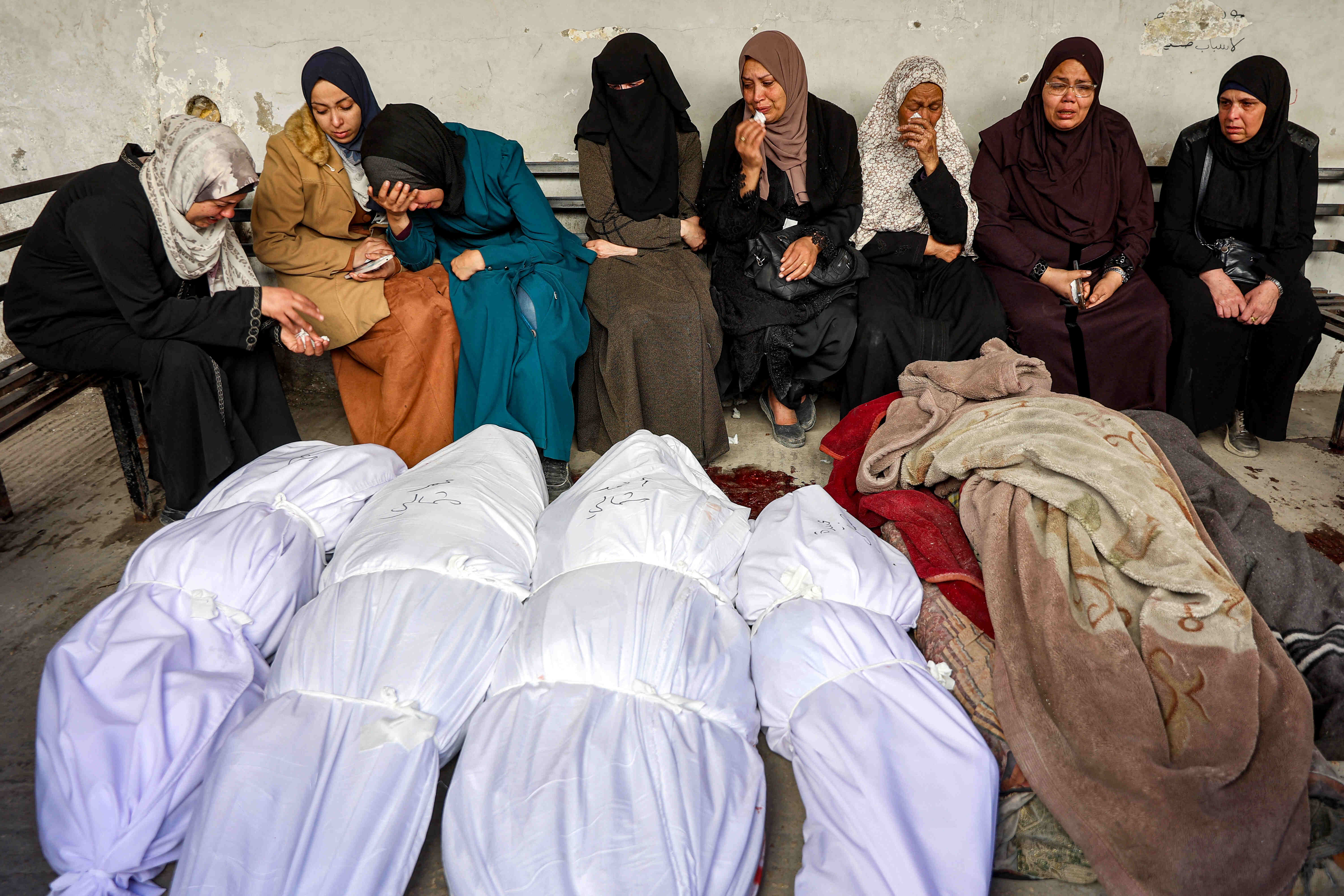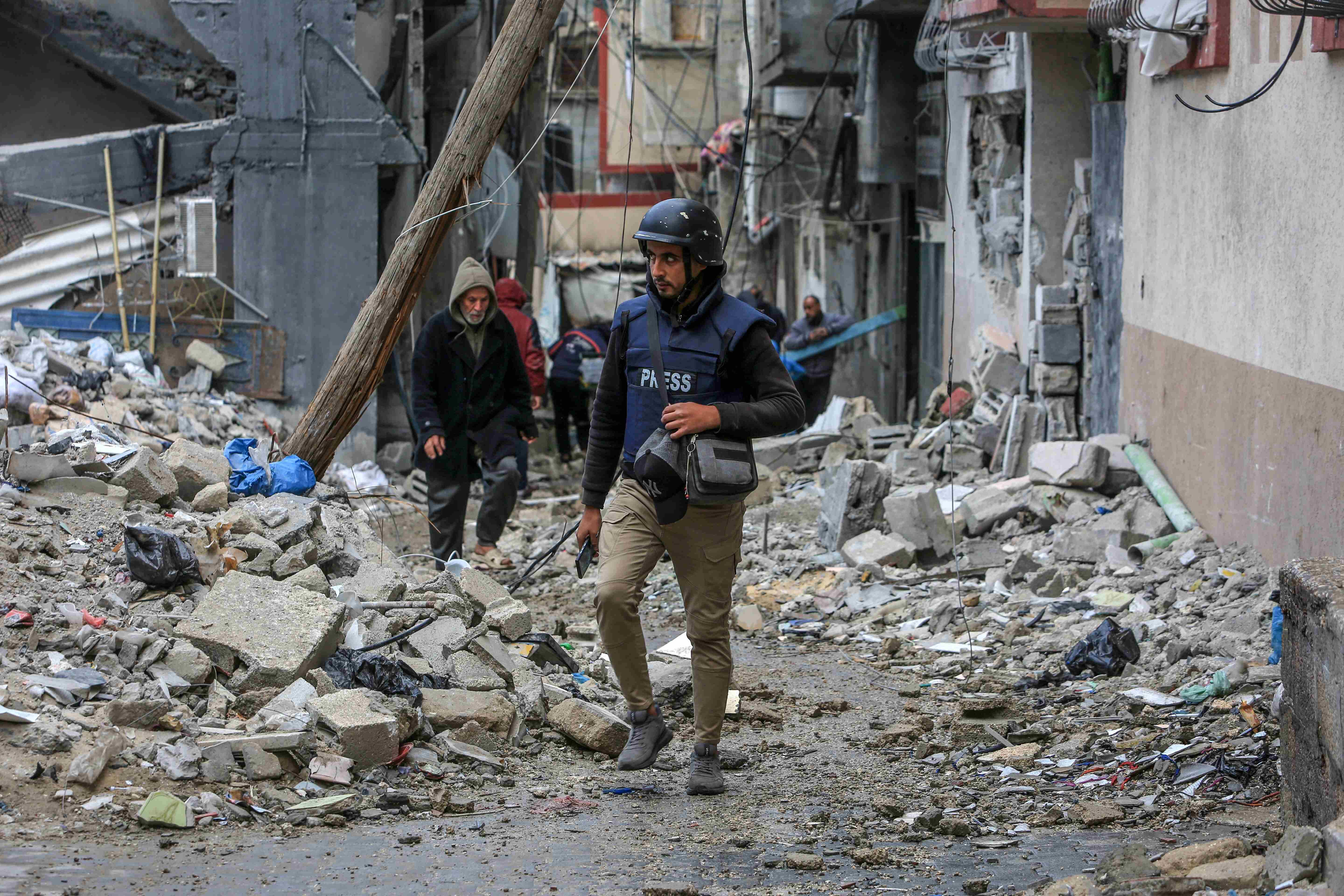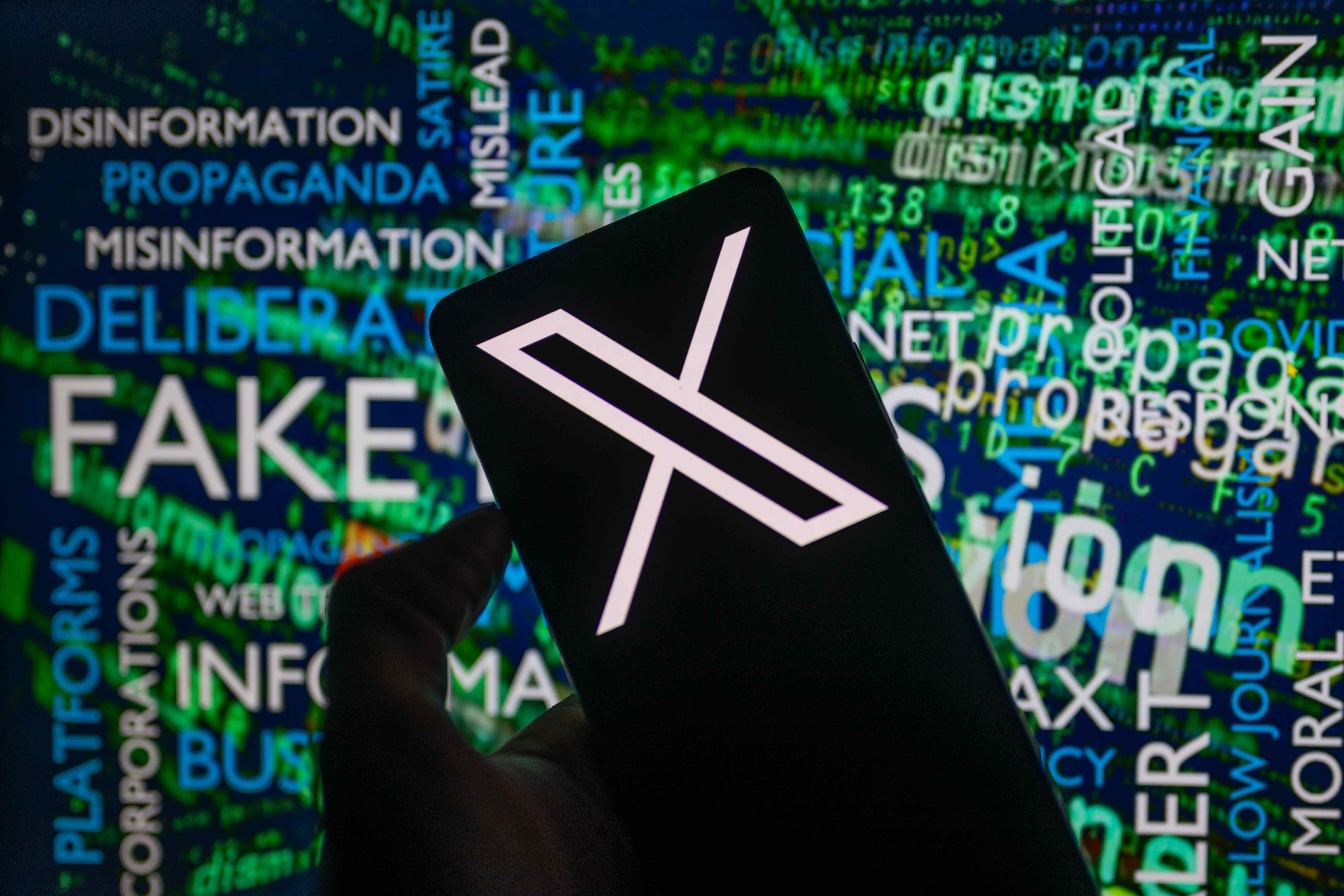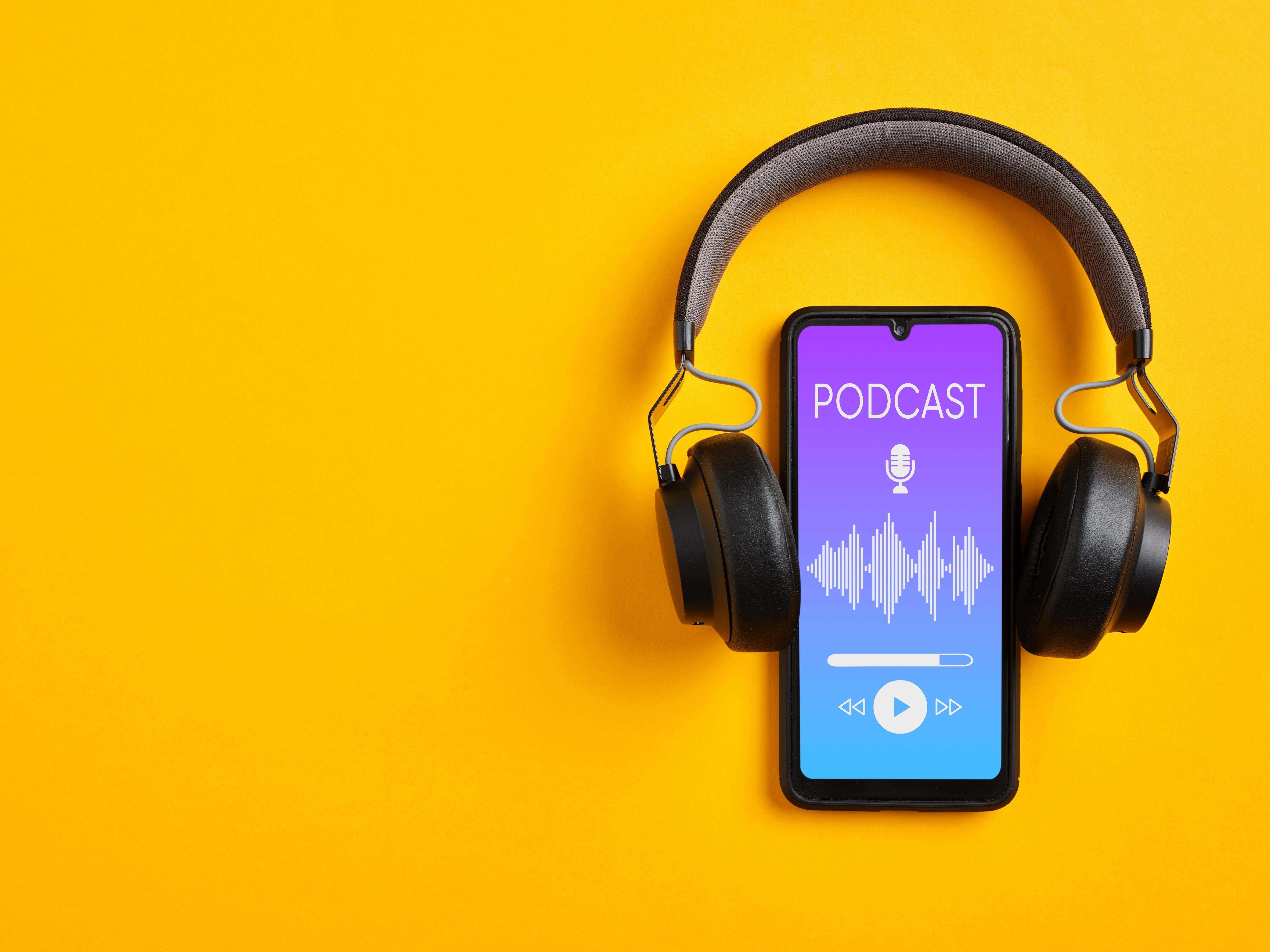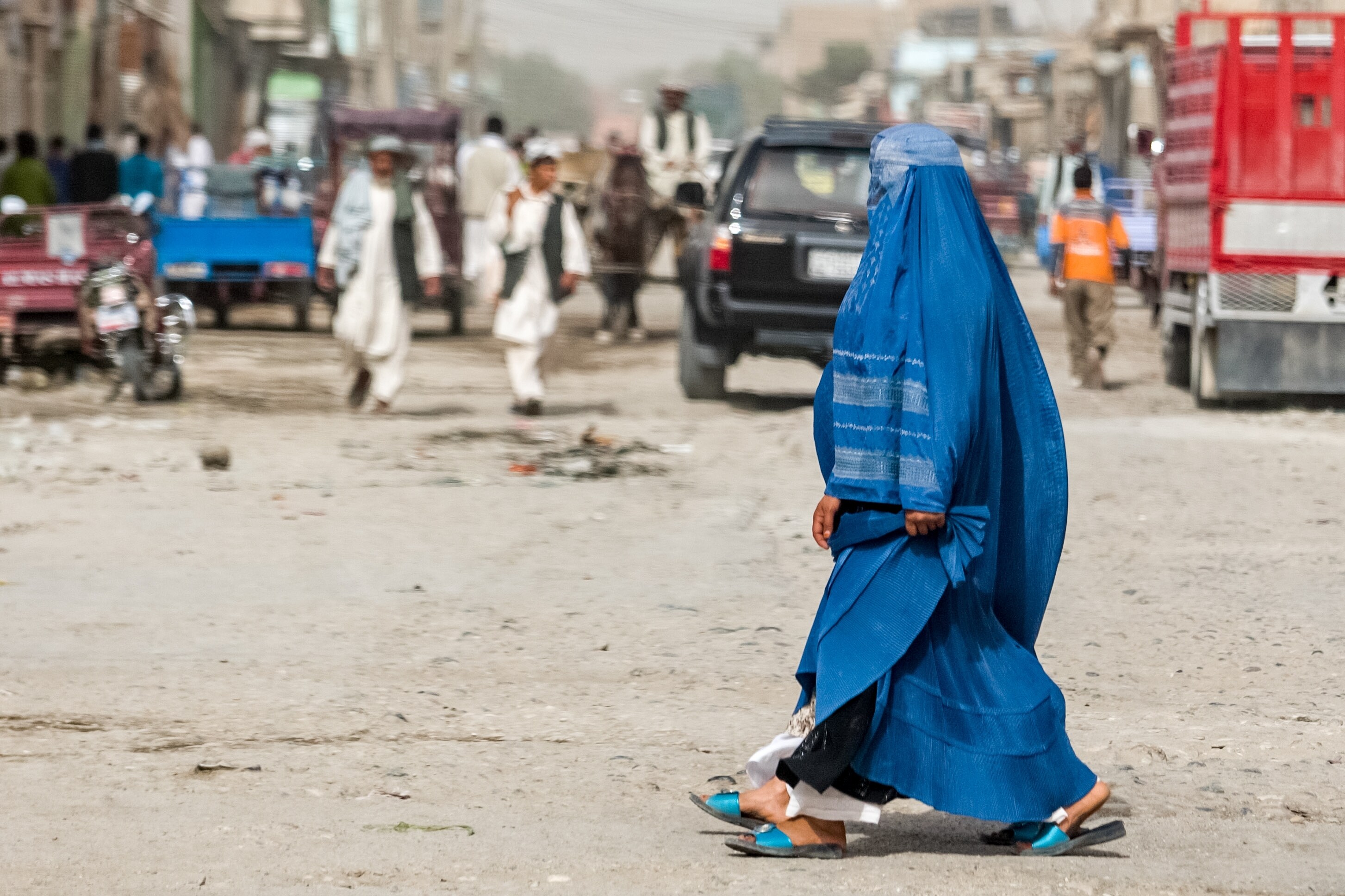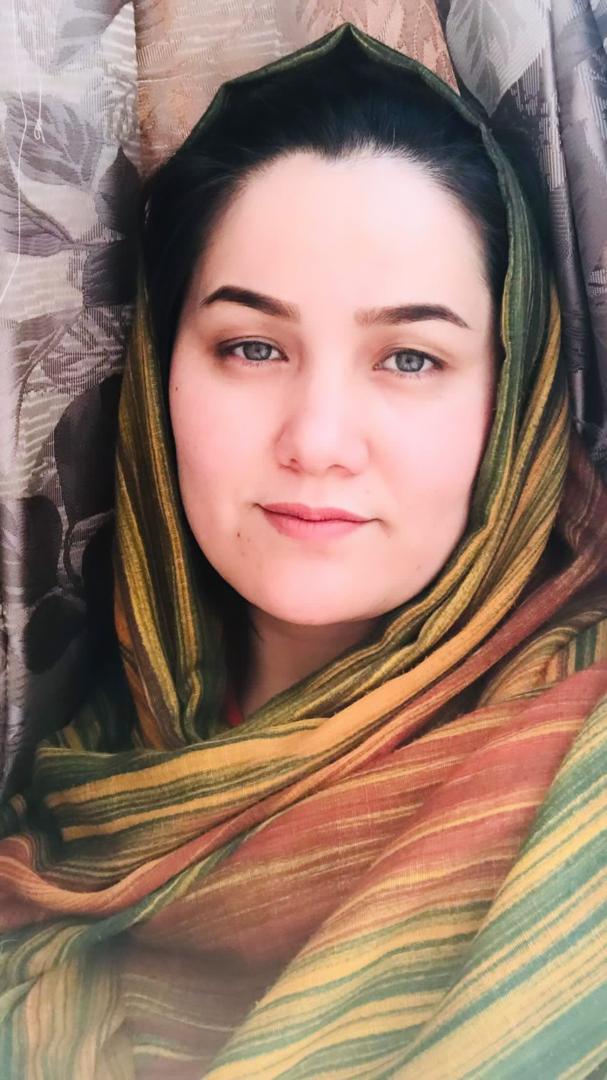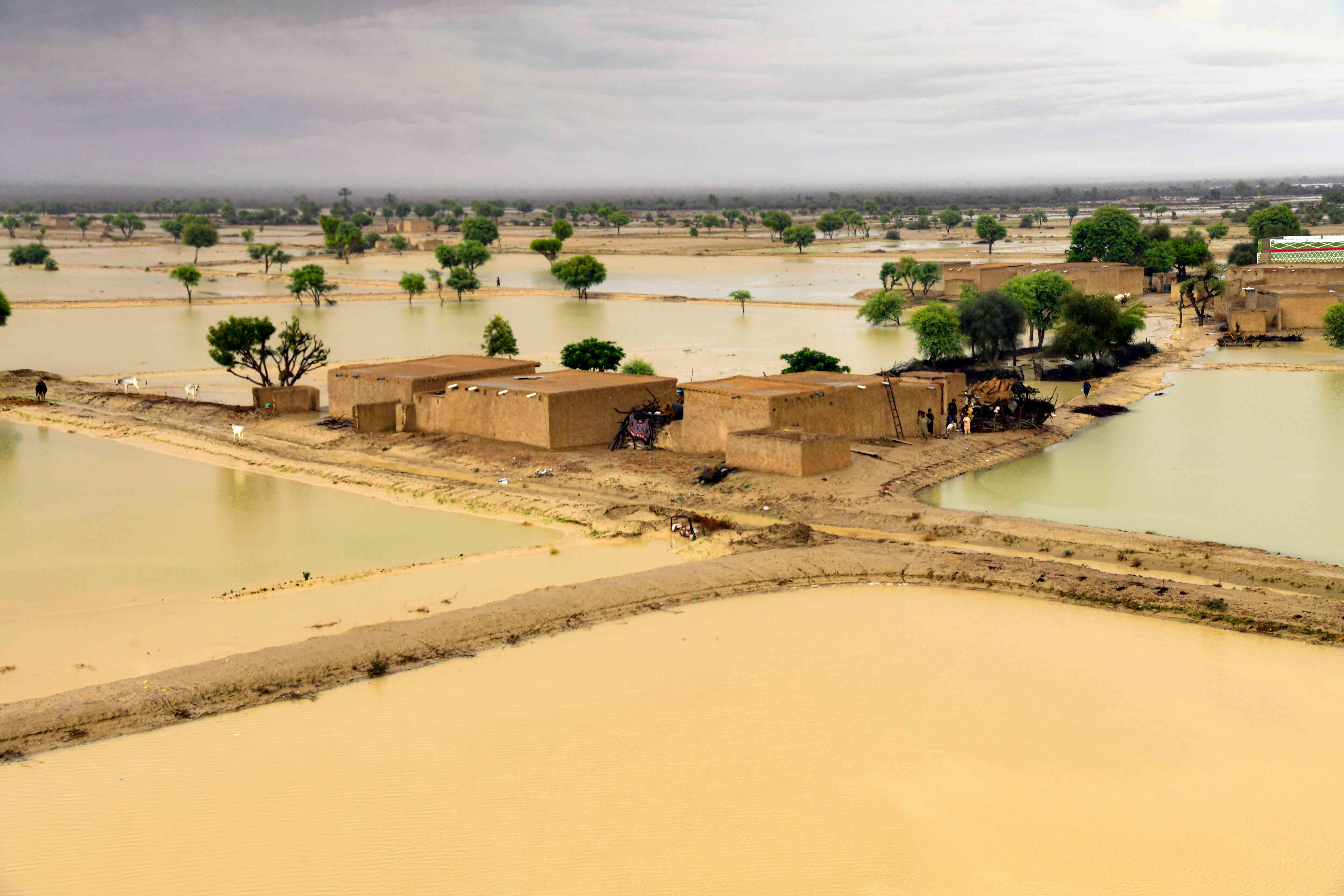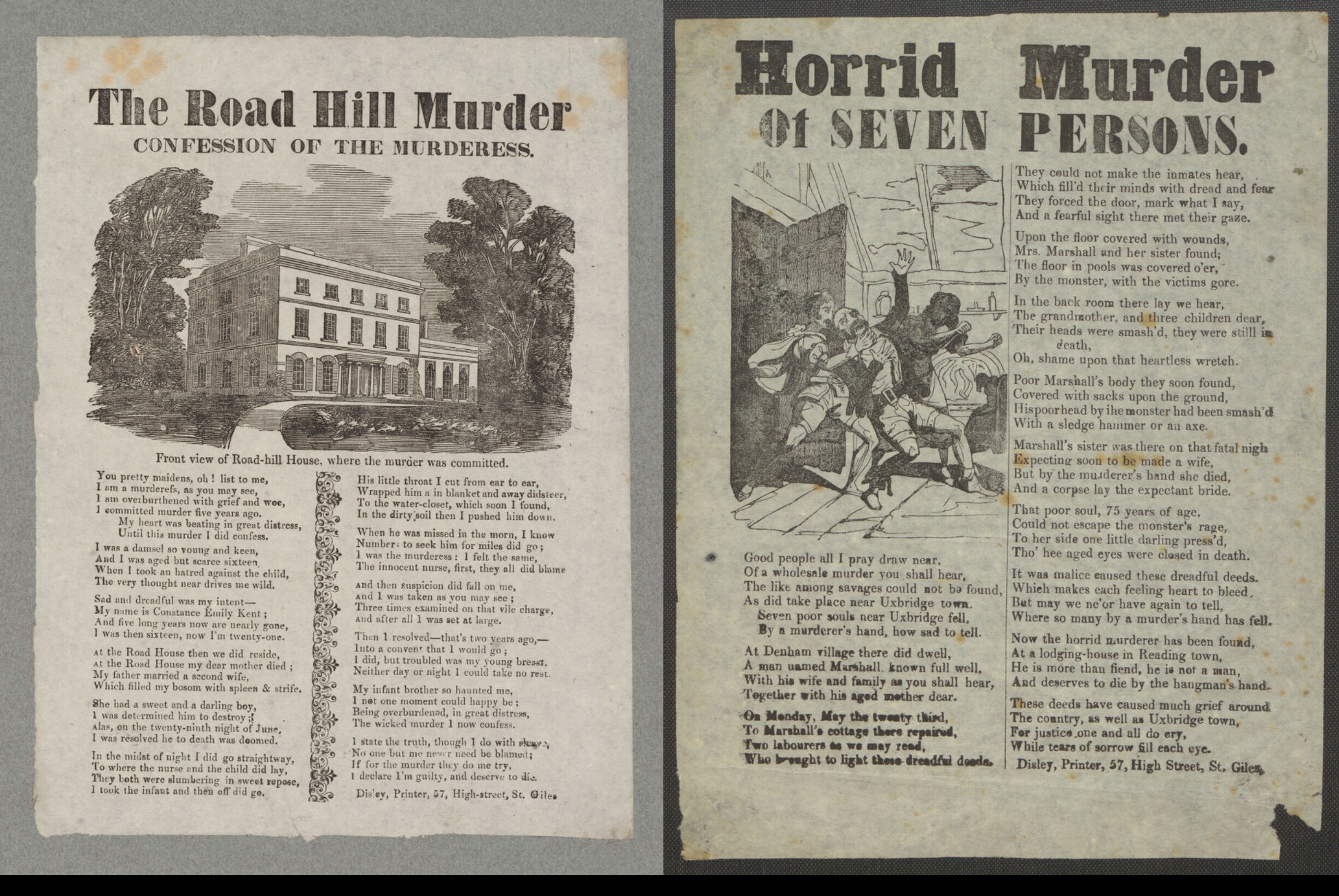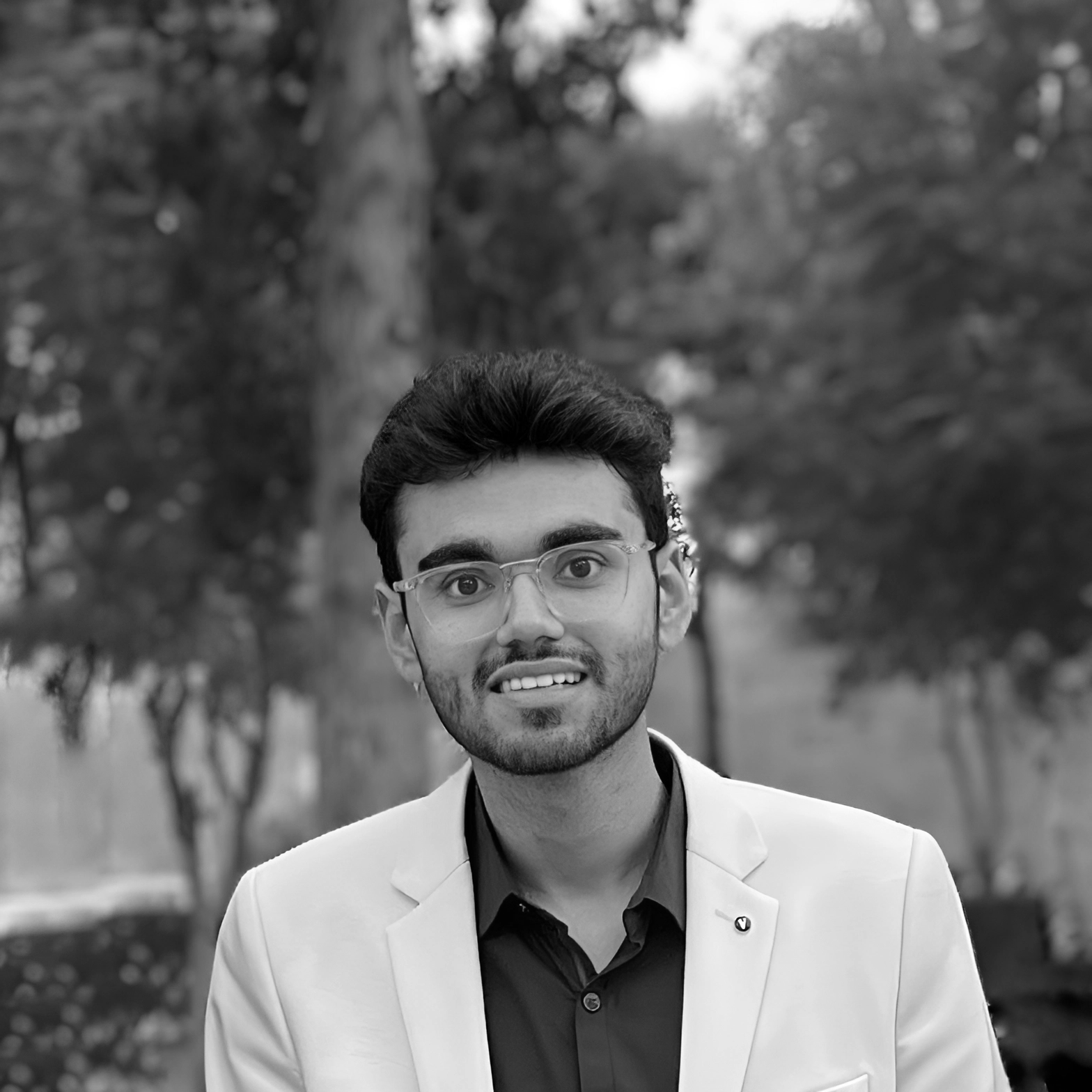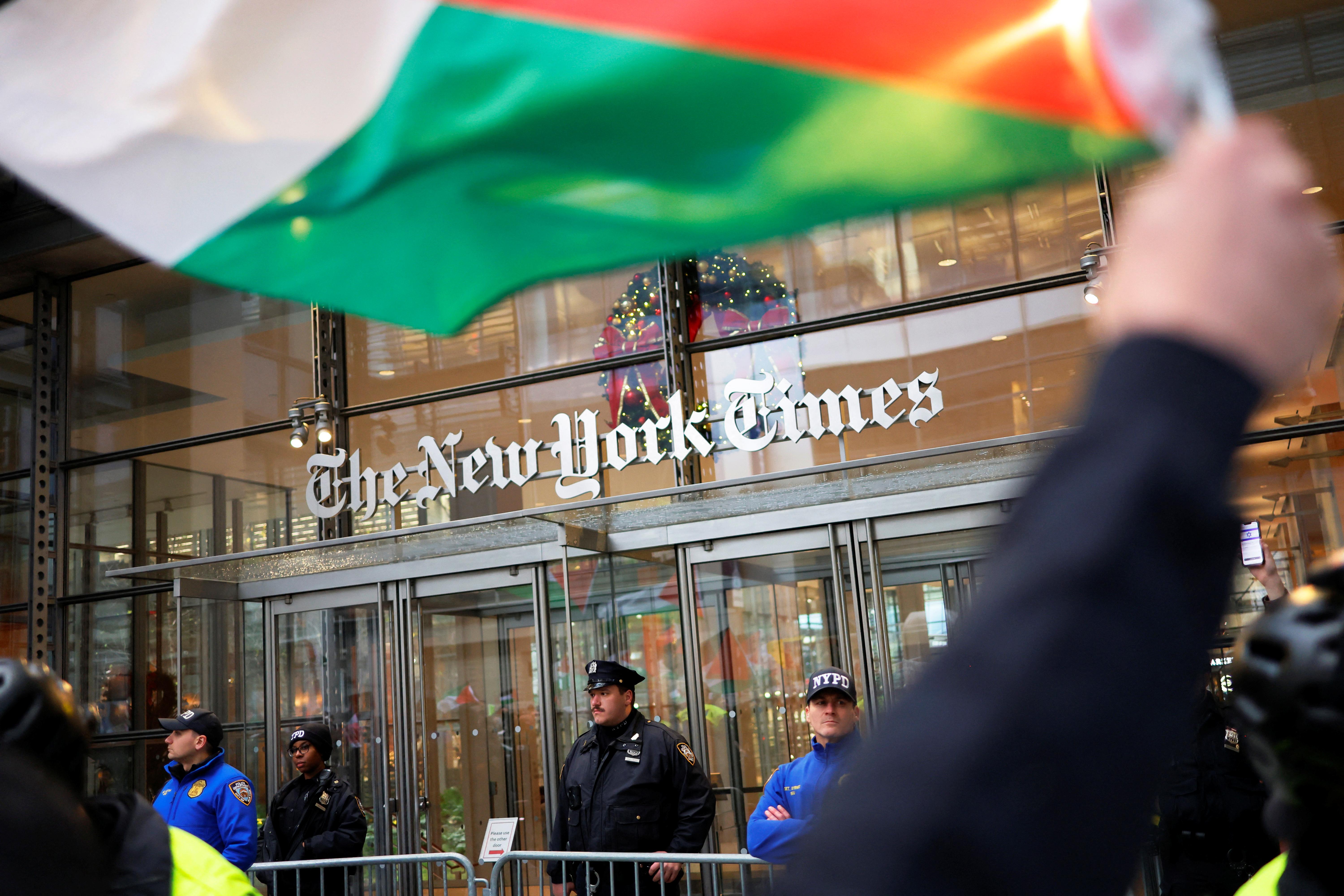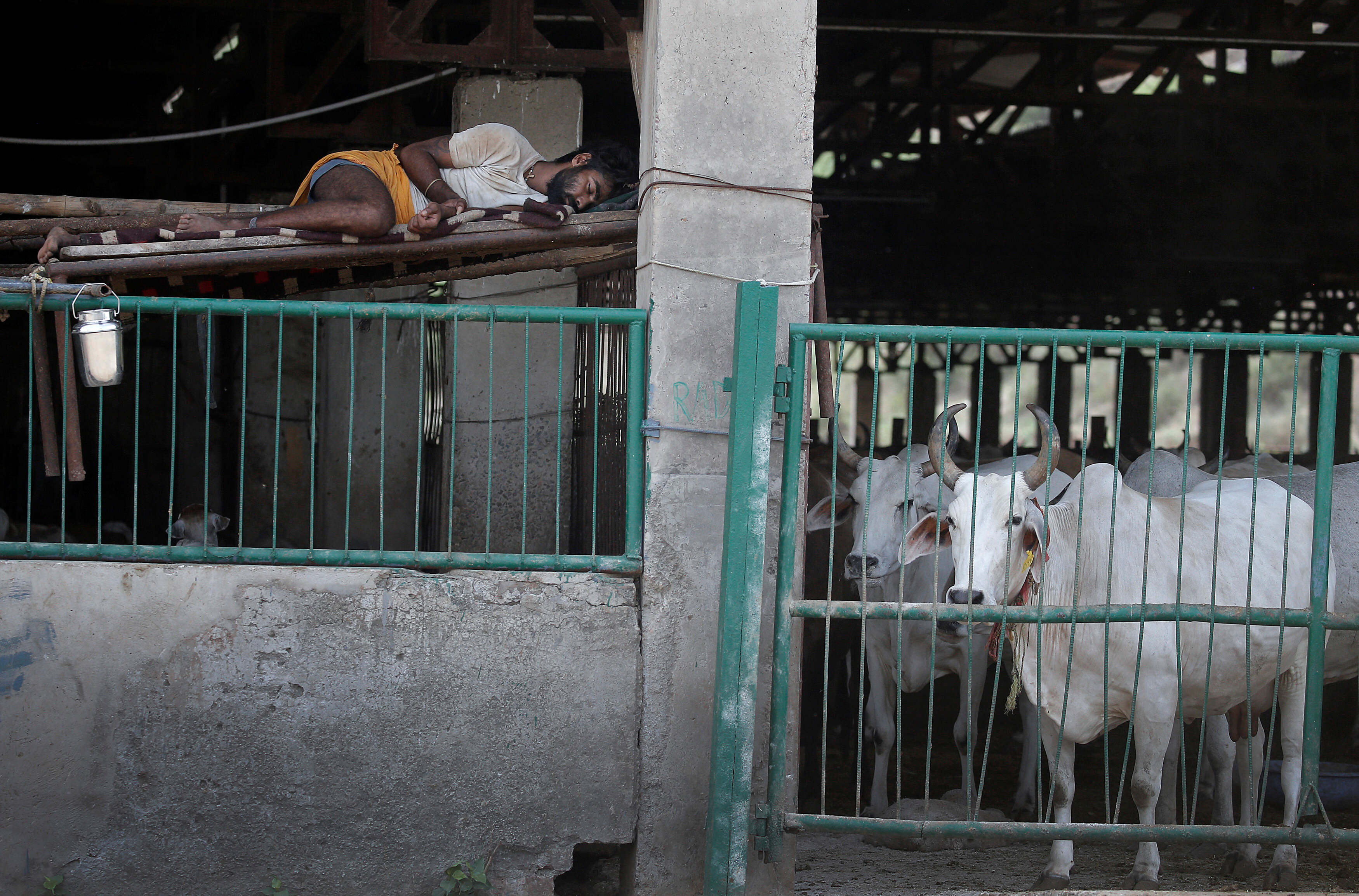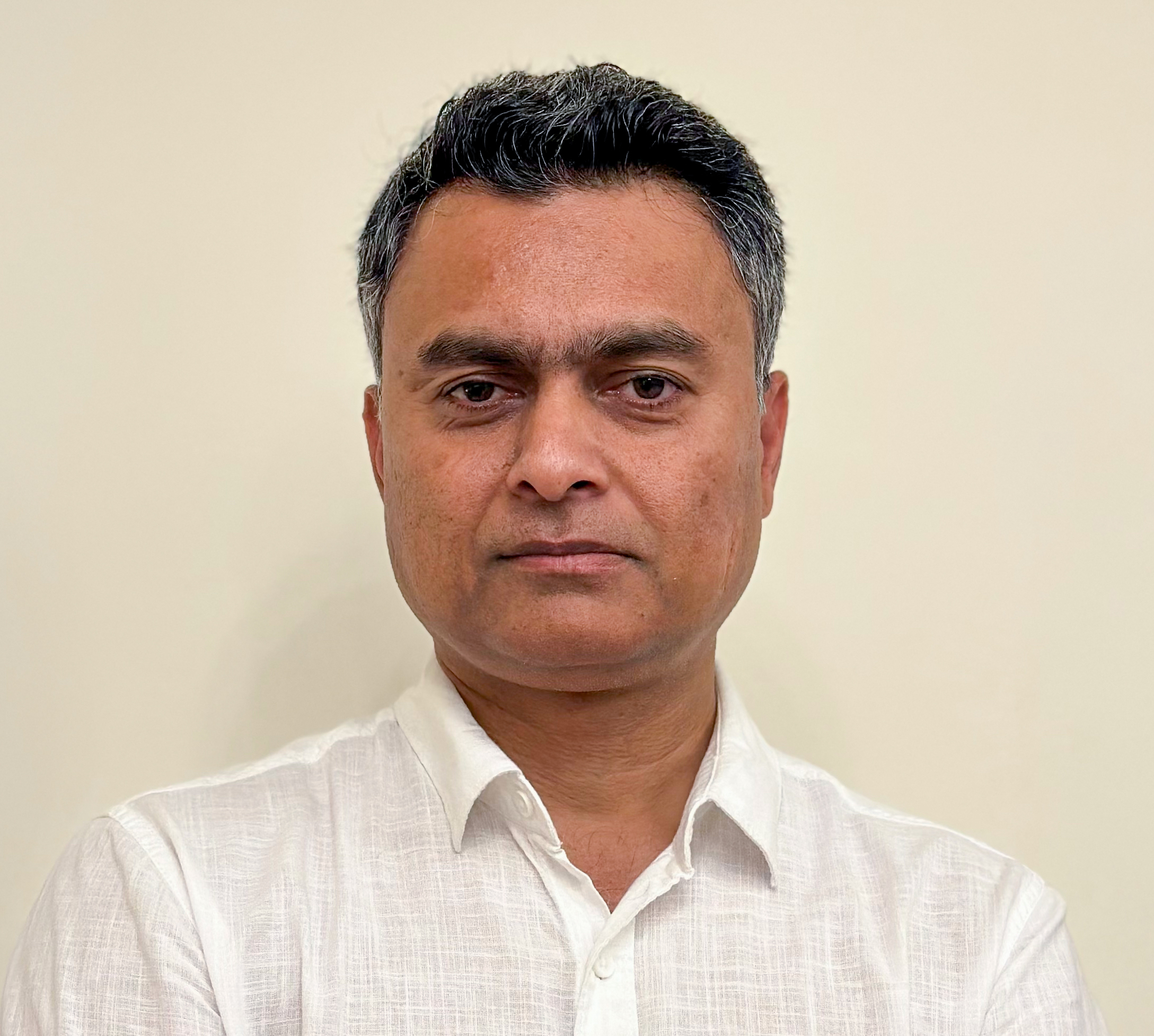What is Hate Speech?
There is no standard definition of hate speech. UNESCO defines hate speech as “expressions that advocate incitement to harm (particularly, discrimination, hostility, or violence) based upon the target being identified with a certain social or demographic group. It may include, but is not limited to, speech that advocates, threatens, or encourages violent acts.”
Some of the most common attributes on which hate speech is built are religion, ethnicity, race, gender, sexual orientation, class, and disability. It takes forms that can range from written articles, photos, and cartoons to video and social media comments.
Subsequently, hate speech can endanger the safety of members of society, including journalists operating in conflict areas and war zones. Those on the frontlines have to deal with very polarised views and narratives.
Hate speech has left many journalists confused, some are scared and do not know how to deal with it, others lack the tools to identify it, and few use hate speech as part of a broader national or partisan agenda.
Taking as a starting point what the UN and other relevant human rights institutions have said in this regard, our primary concern here is to make journalists aware of the pitfalls of hate speech and provide advice to identify and counter it.
Online Hate Speech
A cursory look at contemporary international media outlets, including the Arab media, reveals that hate speech has become a malady in many newsrooms, and with the rise of social media, online hate speech has also come to the full attention of rights advocacy groups and organisations. Hate speech in the virtual world, specifically on social media, usually takes form of comments or posts.
Some of the most popular social platforms have their own definition of hate speech, on which they claim to base their content moderation policy and actions.
Facebook defines hate speech and states, “content that attacks people based on their actual or perceived race, ethnicity, national origin, religion, sex, gender or gender identity, sexual orientation, disability or disease is not allowed.” The platform adds that, “We do, however, allow clear attempts at humour or satire that might otherwise be considered a possible threat or attack. This includes content that many people may find to be in bad taste (ex: jokes, stand-up comedy, popular song lyrics, etc.).”
Meanwhile, YouTube asserts that “hate speech refers to content that promotes violence or hatred against individuals or groups based on certain attributes, such as race or ethnic origin, religion, disability, gender, age, veteran status, and sexual orientation/gender identity.” YouTube highlights the platform’s respect and active promotion of free speech, and particularly refers to their aim to defend users’ right to “express unpopular points of view,” as long as it does not fall into hate speech.
Both definitions are in line with that of UNESCO, and the two of them reflect a conflicting relationship between hate speech and freedom of expression, with a clear objective to protect the latter.
According to UNESCO, online hate speech is no different from offline hate expressions, but it does have some distinctive characteristics that are worth keeping in mind as journalists:
- It is visible to larger audiences
- It can stay online for long time, prolonging its damage
- It can be itinerant
- It is low-cost
- It can be done anonymously with no consequence for the perpetrator
- Its reach is transnational, which raises issues of cross-jurisdictional co-operation
Traditional media in the Arab world is mostly either controlled by governments or, if privately owned, often follow a pro-government editorial line. This means that dissent voices rarely have access to mainstream media, which “[…] creates frustration within opposition groups and results in these groups resorting to other media such as social media. This can have a destabilising effect because social media outlets are often untraceable and unaccountable, characteristics which present problems when such media is used to promulgate hate speech and incitement to violence.”
Hate Speech in International Law
Hate has, of course, existed for centuries. Religious texts have, in one way or another, either encouraged or put prohibitions in place regarding what people can say. However, the systematic attempt to legislate and define hate speech has been a modern phenomenon.
The beginnings of hate speech have been associated with the Nuremberg Tribunal setup after the Second World War. Two people were accused of crimes against humanity (the charges would fall within today’s definition of incitement to genocide): Julius Streicher, founder and editor of the anti-Semitic magazine Der Stürmer; and Hans Fritzsche, senior official in the Ministry of Popular Enlightenment and Propaganda. While Streicher was found guilty of producing and disseminating hate propaganda that incited Germans to active persecution, Fritzsche was acquitted at the Nuremberg Trials but later prosecuted and found guilty by a German court on similar charges.
International Human Rights Law and Standards
In articles 19 and 20 of the International Covenant on Civil and Political Rights (ICCPR), the provisions that protect freedom of expression are laid out. They require states to forbid hate speech. The articles provide standards to include such prohibition in their national legislations. Article 19 bestows the right to freedom of expression and details the exceptional cases in which this right shall be restricted. Article 20 complements these limits to freedom of expression—war propaganda and any advocacy of national, racial or religious hatred by declaring them illegal, setting the foundations for a definition of hate speech, and becoming the threshold for the prohibition of hate incitement.
The balance between promoting and respecting the right to freedom of expression on the one hand and protecting human dignity of all individuals from discrimination and violence, thereby guaranteeing equality, on the other, is a permanent obligation of states, as per International Human Rights Law (IHRL).
It is the right to equality that principally motivates setting limits to freedom of expression. In this sense, the Camden Principles on Freedom of Expression and Equality examine the relationship between these two rights. The document recognises the existing tension between them, but builds a case to show that its foundational characteristic, and the fact that they mutually support and reinforce each other, is preeminent.
Even if IHRL recognises that the principle of anti-discrimination and the right to equality could restrict freedom of expression and enables states to lawfully do so in certain circumstances, there is no consensus on when free speech falls into hate speech.
NGO Article 19 argues that concerns surrounding hate speech legislation stem from fears that governments or other powerful players will use it to clamp down on freedom of expression or stifle citizens from taking part in democratic debates. Following this line of thought, several countries, such as Belgium, Denmark, Finland, Iceland and the United States, have entered reservations to Article 20.
Incitement to Genocide in Rwanda: The “Media Case”
Since the 1990s, the crime of “direct and public incitement to genocide” has been a cornerstone in the UN International Criminal Tribunal for Rwanda, established by the UN in 1994 in response to the genocide of the country’s Tutsi ethnic minority. The role played by the media in these horrific events illustrates how media can exacerbate hate speech and the fatal consequences of this ill-marriage.
Three judges found guilty Ferdinand Nahimana, founder and ideologist of Radio Télévision Libre des Mille Collines (RTLM), Jean-Bosco Barayagwiza, high-ranking board member at Radio Télévision Libre des Mille Collines (RTLM) and founder of a political party, and Hassan Ngeze, chief editor of Kangura newspaper, for inciting the killing of the Tutsi ethnic minority group. In their ruling, the judges highlighted that these three men “used the institutions they controlled and coordinated their efforts towards a common goal: The destruction of the Tutsi population. They said their broadcasts and publications did not fall under the protection of the right to freedom of expression.”
Rwanda was the second time, following Nuremberg, that media figures were condemned under international law for incitement to genocide.
Arab Legislations on Hate Speech
The 2004 Arab Charter on Human Rights recognises freedom of expression and establishes restrictions to it, aligned with international standards contained in the ICCPR. Article 32 of the Arab Charter stipulates that:
1. The present Charter shall ensure the right to information, freedom of opinion and expression, and the freedom to seek, receive and impart information by all means, regardless of frontiers.
2. Such rights and freedoms are exercised in the framework of society’s fundamental principles and shall only be subjected to restrictions necessary for the respect of the rights or reputation of others and for the protection of national security or of public order, health or morals.
Nonetheless, within this regional definition, journalists are often seen rallying around political regimes, justifying their abuse of the law when it comes to restraining freedoms of expression, as most media outlets are either sponsored by governments or closely affiliated with them. In many cases, states justify unnecessary interference in freedom of expression to hide endemic corruption and other misbehaviours in government agencies. Most often, obsolete laws are kept. Rules criminalising defamation and the spread of fake news are used as arguments against government critics and to censor independent media and citizens who otherwise risk punishment.
A recent study by the Electronic Frontier Foundation analysed how governments of Jordan, Egypt, Saudi Arabia and Tunisia have used the law to silence expression online. According to the study’s findings, Jordan and Saudi Arabia use counterterrorism and cybercrime laws to prosecute online activism, while Egypt uses a 2014 anti-protest law as a pretext. Tunisia resorts to defamation and anti-drugs laws.
More relevant to hate speech, this makes media vulnerable to becoming a vehicle for state propaganda, which as recent history shows, may entail reproducing discriminatory stereotypes and incitement to violence towards opposition or other targeted groups. This is potentially even more dangerous in hostile, conflict and war environments, as we will see later on while examining some cases in post-Arab spring Egyptian media.
A second regional instrument that actually contradicts article 32 of the Arab Charter and article 19 of the ICCPR are the “Principles for Regulating Satellite Broadcasting Transmission in the Arab World” of the Arab League Satellite Broadcasting Charter. This initiative of the Arab League was adopted by Arab ministers of information in February 2008. The document, as outlined in Article 6, sets rules in terms of the broadcast content that is transmitted. Broadcast entities have to guarantee the respect of human rights, dignity and individual privacy, prevent
any violations and incitement to hate or discrimination based on ethnic, colour, racial or religious grounds, prohibit incitement to terrorism, amongst other regulations.
This all sounds good in theory. However, the document also presents a set of vague standards open to a wide range of interpretations that can be used to restrict freedom of expression. Here are some of the loose clauses open to different readings:
- Respect Arab societies’ religious and moral values
- Refrain from broadcasting anything that offends the notion of God, the monotheistic religions, the prophet’s companions, denominations, and religious symbols specific to each confession
- Refrain from broadcasting content with obvious sexual or pornographic discourse or scenes
- Safeguard the Arab identity
- Stay objective and honest, respect states and peoples’ dignity, national sovereignty, and refrain from insulting national and religious symbols
As per this overview of national legislation and regional instruments in the Arab world, the main tasks in the region remain tied to guaranteeing access to freedom of expression and having more independence and diversity in the media landscape.
Labelling dissent as hate speech and making them interchangeable concepts diminishes the effectiveness to raise awareness among societies about what constitutes hate speech itself and challenge human rights violations. As journalists, we must not lose sight of this
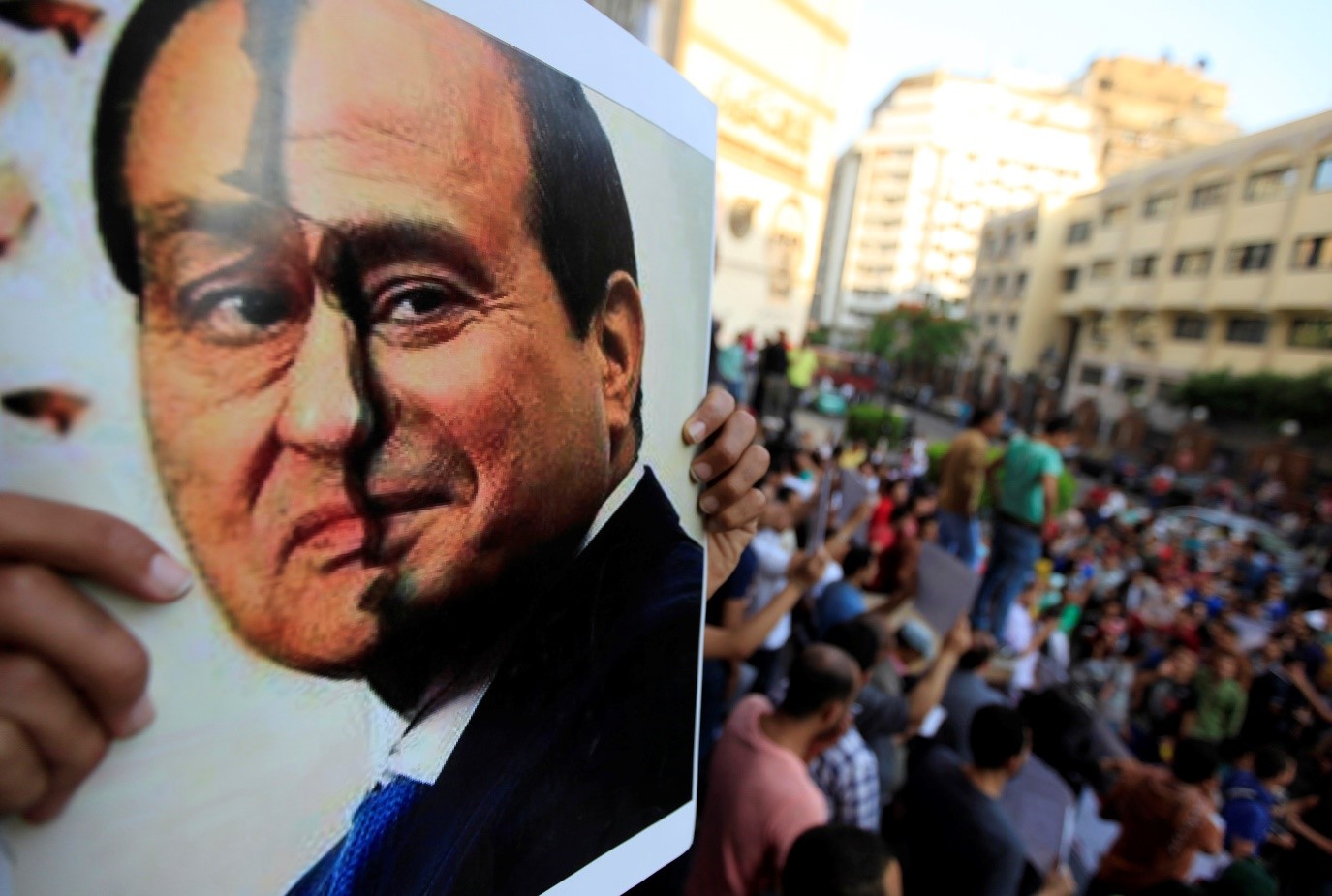
Arab Domestic Laws
National legislations in Arab countries often include laws that can be used directly or indirectly to prohibit hate speech, mainly based on religion, ethnicity and race.
Recent examples are the Federal Decree Law on combating discrimination and hatred issued in 2015 by the United Arab Emirates. The decree regulates three main concepts: Blasphemy, discrimination and hate speech. It defines hate speech as “any speech or conduct which may incite sedition, prejudicial action or discrimination among individuals or groups,” and discrimination as “any distinction, restriction, exclusion or preference among individuals or
groups based on the ground of religion, creed, doctrine, sect, caste, race, colour or ethnic origin.” Note that gender has been left out of this category.
In 2016, the Shura Council in Saudi Arabia took up for discussion a bill that punished discrimination and “hate-mongering” by individuals and groups based on colour, gender, ethnicity and sect, and treated it as crime. Religion plays a fundamental role in the bill: a 10-year prison sentence for anyone found guilty of discrimination or hate-mongering in mosques, specifically saying that places of worship must be protected from discriminatory acts. It also addresses online abuse and aims at controlling the use of social media platforms on national security grounds.
When the Jordanian Ministry for Media Affairs was informed that the government was discussing the possibility of a new law to prevent hate speech in social media, social and political activists, as well as the Centre for Defending Freedom of Journalists, warned about the dangers it could pose to freedom of expression.
As much as these efforts may be directed to fight against hate speech and discrimination, the same risk appears yet again: they can also be easily used in practice to silence freedom of expression and repress dissent. National penal codes governing media laws in several Arab countries frequently include vague provisions that criminalise criticism of government, and also lead the way to penalise press reports about religious, social and political topics that are deemed as delicate by governments.
Confronting Hate Speech in the Arab World: A Reality Check
Hate speech and violations to the right to freedom of expression are not an exclusive challenge in the Arab world. However, the conflict environment that followed the Arab Spring upheavals has, according to observers, triggered hate speech online and offline, and the post-Arab spring environment is bespoke with intolerance and reinforced sectarianism.
A study on hate speech and sectarianism, entitled “I Hate You”, reviews narratives and discourses during the Arab Spring uprisings and concludes that media was not only a relevant vehicle for Arab regimes to crush voices and demonstrations of the opposition, but also at times were “co-conspirators in their practice or their silence to spread hate speech”.
MENA Media Monitoring, a media observatory organisation, analysed hate speech in over twenty-five newspapers from four Arab countries starting in 2014, namely Algeria, Jordan, Libya, Tunisia, Morocco and Yemen, over a period of three weeks. The study focused only on newspapers due to financial constraints. They used quantitative as well as qualitative research methods when observing the occurrence of hate speech in the form of content inciting to hatred. The findings were shocking: 3086 hate speech instances during the three weeks of observation. On average, each Arab newspaper published 124 hate speech items during said period of time. This translates to each reader being exposed to around six items of hate speech per day in each newspaper.
The occurrences were highest in Yemen. This lead the researchers to conclude that countries facing war, conflict or tension are at higher risk of being victims of hate speech. Stigmatisation and insults against communities and individuals were amongst the most prevalent forms of hate speech manifested in news pieces from all examined countries. Discrimination and direct incitement were very high, especially in Iraqi papers, for instance. In Tunisia, a major observation was the alarming fact that the articles contained direct incitement to murder other people. In general, opinion-editorials, columns, and opening statements in the analysed newspapers were the worst progenitors of hate speech.
Case Study: Hate Speech in Egyptian Media
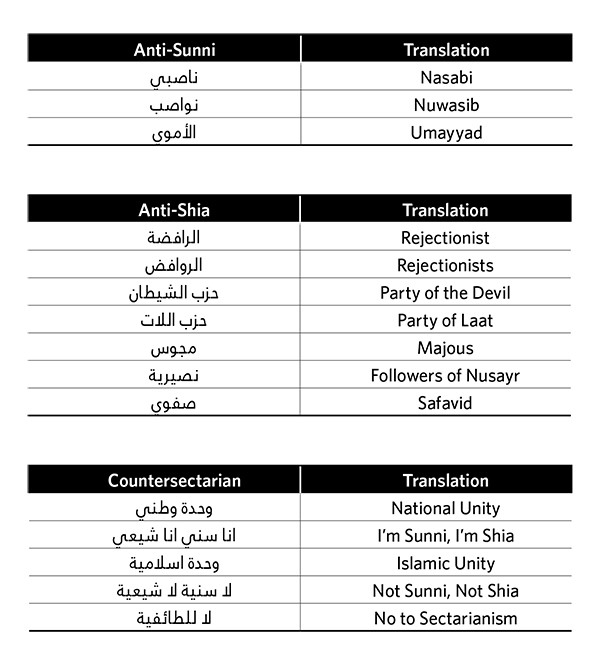
Post-Arab Spring Egypt remains a polarised and hostile environment. Confrontational narratives that may reach to hate speech levels are not only common in the media, but often instigated and reinforced by the media itself. The below examples were taken precisely from an article that reflects on whether Egypt resembles Rwanda or not. Some media outlets were criticised for inciting violence against the protestors.
“Copts are killing soldiers,” said one news presenter, inciting citizens against Christian protestors in the Maspero massacre during which 28 people died, and after which these same citizens attacked Christians in areas surrounding Maspero.
Making generalisations in this case by saying “Copts”, which means all Christian Copts and thereby incites individuals to target them, legitimises attacks on an entire identity group, whether verbally or physically. As a journalist one should not judge or declare that a person has killed another person if a legal procedure has not been held and finalised, finding the individual being
accused guilty according to the law. Always attribute your information to an official source such as a governmental agency or medical organisation.
“I wish the police had killed 400 terrorists today,” said the journalist Ahmad Mousa during a show on Sada TV on the anniversary of the January 25 Revolution in which more than 17 people died. After elected president Mohamed Morsi was ousted, public, semi-public, as well as private outlets launched a hate and incitement campaign against the opposition, particularly against the Muslim Brotherhood, the Islamic movement of which he was leader. Members of the group were also described as “sheep” by the known media figure Amro Adeeb on his show “Everyday”.
Dehumanising others is one explanation of how some Egyptians citizens could go out on the streets celebrating the killings of a thousand fellow citizens at the hands of the Egyptian police, in what became known as the Rabaa massacre. Media Organisations should have a clear editorial policy to identify terms of potential hate speech in each region, such as never using animal stereotypes to refer to and label identity groups.
“I say it on air, kill police officers,” this is what a journalist said on the pro-Muslim Brotherhood channel Egypt Now, calling directly for the killing of people and thus inciting people to actually take to the streets and exercise violence.
Case Study: Sectarian Online Hate Speech
The Carnegie Middle East Program in 2015 analysed in a report sectarian hate speech on Twitter. The study, “Sectarian Twitter Wars: Sunni-Shia Conflict and Cooperation in the Digital Age”, examined over 7 million tweets from February to August 2015.
It concluded that social media is one of the main vehicles for the transmission of sectarian and counter-sectarian discourse. It argued that violent events in the offline world fuel online sectarian hate speech. When specific events take place, such as the Saudi-led intervention in Yemen or the offensive in the city of Tikrit in Iraq by Shia militias against ISIL, a sharp increase
in hate speech was noted on Twitter. Moreover, Twitter was used to inflame emotions and mobilise communities to act.
Another key finding seems to show that anti-Shia rhetoric was more common than anti-Sunni or countersectarian rhetoric. The report attributes this to mainly demographic reasons.
Additionally, clerics, group leaders, media outlets, and well-known figures in society play a significant role on how people behave. They seem to drive the online conversation and are key to any rise in hate speech following outbreaks of violence on the ground, or after a certain political event.
Having said that, it is not all gloom. The study also points to examples where social media campaigns play a positive role in stemming sectarian incitement following two attacks on Shia mosques in Kuwait and Saudi Arabia.
Countering Hate Speech
The most important question journalists have to ask themselves once again is: Am I falling into or promoting hate speech in any way? Think about this when reporting conflict or war. Is it possible to report war and avoid promoting hate speech when, for example, there are groups making hateful statements against each other? Should we include said statements or should we edit them out? If we edit them out, are we not then reporting the news with bias or incompletely?
These questions will probably never have a definitive answer. That is why it is important to keep asking them time and again, with every news piece we intend to publish.
There are some standards that should always guide your answers to help avoid becoming a vehicle of hate propaganda. They are by no means exhaustive or comprehensive but they can be taken as input to develop protocols or procedures that journalists should always follow:
- Respect human rights stipulated in IHRL and national legislations. Sometimes these will collide, especially in countries of the Arab world. In this case, watch first for your safety and assess the importance of the news versus the potential violent incitement it may generate
- Always inclined to create news content from an angle that promotes and protects social peace
- Do not publish any content that glorifies or promotes rape, torture, suffering, death or self-harm
- Stay away from stereotypes when evaluating people, places and events
- Know the context in order to discern agendas and avoid being carried away by national slogans with ulterior discriminatory objectives
- Do not use controversies and sensationalism just to increase views or readership. Evaluate the news on its merit
- News directors must be aware of the political orientations of their journalists to ensure news is accurate and sound
- When unsure about whether to reveal the truth or hide it – because it might inflame a conflict – ask yourself: Is this news so important that it is worth exposing people to risk?
- Strictly refrain from publishing threats inciting violence
- Never encourage anyone to kill others
- Do not support organizations or individuals who support hatred on any basis
- Media outlets should formulate a code for journalists with specific implementation of mechanisms to prevent hate speech
- Check your news piece against the five-point test for journalists developed by the Ethical Journalism Network (EJN) to assess your content before publishing and avoid hate speech.
There are many factors behind the spread of hate speech in the media including the political developments in the region and the circumstances surrounding them. But the biggest disappointment is that some media outlets and journalists have drifted blindly behind the tide of such hate mongering. Many media outlets have so far failed to live up to the role of a guarantor of accountability. They have not been able to contribute to protect social peace, and promote values to promote dialogue and more tolerant societies at times where polarisation and the dehumanisation of others is on the rise worldwide.
Journalists should be trained with a methodology and mechanisms to identify, avoid and counter hate speech. Making yourself aware of your speech and actions should be an everyday task – particularly when you are always walking on a thin line between informing and amplifying harmful voices that may undermine peace and threaten integrity and lives of other people.
References:
UNESCO. “Countering Online Hate Speech.” UNESCO Publishing, 2015, p. 10. http://unesdoc.unesco.org/images/0023/002332/233231e.pdf (accessed July 5, 2017)
“What does Facebook consider to be hate speech?” Facebook, 2017 https://www.facebook.com/help/135402139904490?helpref=uf_permalink (accessed July 15, 2017)
Facebook, 2017, Ibid
YouTube. “Policies, Safety and Reporting.” YouTube, 2017 https://support.google.com/youtube/answer/2801939?hl=en (accessed July 15, 2017)
YouTube, 2017, Ibid
UNESCO Publishing, 2015, Ibid.
Bassiouni, Mahmoud, Cherif, Mahmoud, Rodley, Nigel, Al-Awadhi, Badria, Kirsch, Philippe and Arsanjani, Mahnoush. “Report of the Bahrain Independent Commission of Inquiry.” Manama, Bahrain, November 23, 2011. http://www.bici.org.bh/BICIreportEN.pdf in https://www.brookings.edu/wp-content/uploads/2016/06/sunni-shia-abdo.pdf (accessed July 15, 2017)
Timmermann, Wibke Kristin. “Incitement in international criminal law.” International Review of the Red Cross, Volume 88 Number 864 December 2006, p.832 https://www.icrc.org/eng/assets/files/other/irrc_864_timmermann.pdf (accessed July 15, 2017)
Timmermann, 2006, pp.827-831, Ibid.
UN. “International Covenant on Civil and Political Rights.” United Nations Human Rights Office of the High Commissioner, 1966 (accessed July 15, 2017) http://www.ohchr.org/EN/ProfessionalInterest/Pages/CCPR.aspx
UN. “International Covenant on Civil and Political Rights.” United Nations Human Rights Office of the High Commissioner, 1966 (accessed July 15, 2017)
“The Camden Principles on Freedom of Expression and Equality.” Global Campaign for Free Expression, April 2009. https://www.article19.org/data/files/pdfs/standards/the-camden-principles-on-freedom-of-expression-and-equality.pdf (accessed July 15, 2017)
NGO Article 19. https://www.article19.org/pages/en/contact-us.html (accessed August 11, 2017)
United Nations. “International Covenant on Civil and Political Rights.” 1966. https://treaties.un.org/Pages/ViewDetails.aspx?src=IND&mtdsg_no=IV-4&chapter=4&clang=_en (accessed July 15, 2017)
United Nations Mechanism for International Criminal Tribunals. “The ICTR in Brief.” December 2015. http://unictr.unmict.org/en/tribunal (accessed July 15, 2017)
He was a founding member of the Coalition for the Defense of the Republic (CDR). For full details see: https://trialinternational.org/latest-post/jean-bosco-barayagwiza/ (accessed August 12, 2017)
British Broadcast Corporation. “Rwanda: How the genocide happened.” BBC News, May 17, 2017. http://www.bbc.co.uk/news/world-africa-13431486 (accessed July 15, 2017) and http://news.bbc.co.uk/1/hi/world/africa/3257748.stm (accessed August 12, 2017)
UN News Centre. “UN tribunal convicts 3 Rwandan media executives for their role in 1994 genocide.” UN. December 2003. http://www.un.org/apps/news/story.asp?NewsID=9053&Cr=rwanda&Cr1= (accessed July 15, 2017)
Arab Charter on Human Rights 2004 referenced here: http://carnegieendowment.org/sada/?fa=23951 (accessed August 11, 2017)
Ben Hassine, Wafa. “How Arab Governments Use the Law to Silence Expression Online.” Electronic Frontier Foundation, 2016. https://www.eff.org/pages/crime-speech-how-arab-governments-use-law-sil… (accessed July 15, 2017)
Arab Media Society. “Arab League Satellite Broadcasting Charter.” Arab Media Society, March 14, 2008. http://www.arabmediasociety.com/?article=648 (accessed15 July, 2017)
United Arab Emirates. “Federal Decree Law No. 2 of 2015.” President of the United Arab Emirates, July 15, 2015. http://ejustice.gov.ae/downloads/latest_laws2015/FDL_2_2015_discrimination_hate_en.pdf (accessed 15 July, 2017)
The New Arab. “Riyadh considers tough penalties for inciting hatred in mosques.” The New Arab, June 13, 2016. https://www.alaraby.co.uk/english/news/2016/6/13/riyadh-considers-tough-penalties-for-inciting-hatred-in-mosques (accessed July 15, 2017)
The Jordan Times. “Law to combat hate speech could harm freedom of expression, activists warn.” The Jordan Times, January 10, 2017. http://www.jordantimes.com/news/local/law-combat-hate-speech-could-harm-freedom-expression-activists-warn (accessed July 10, 2017)
Arabic Network for Human Rights Information. “Freedom of Expression In Egypt and the Arab World Annual Report 2015.” Arabic Network for Human Rights Information, 2015. http://anhri.net/wp-content/uploads/2016/02/Freedom-of-Expression-in-Egypt-and-the-Arab-World...-Annual-Report-2015.pdf
CDFJ. http://www.cdfj.org/wp-content/uploads/2016/11/إني-أكرهك..خطابالكراهية-…; (accessed August 11, 2017)
MENA Media Monitoring. http://menamediamonitoring.com/wp-content/uploads/2016/03 http://menamediamonitoring.com/wp-content/uploads/2016/03/تقرير-رصد-خطا… (accessed August 11, 2017)
Ida2at website: http://ida2at.com/hate-speech-repeat-egypt-experience-ronda (accessed August 11, 2017)
The violence took place at a protest which focused on the state TV and radio building in Cairo's Maspero Square. For details see: http://www.aljazeera.com/news/middleeast/2012/10/201210916741376710.html (accessed August 12, 2017)
The journalist is Ahmad Mousa. He has a program on an Egyptian TV Channel called Sada al Balad. See details: http://www.shorouknews.com/news/view.aspx?cdate=25012015&id=9b767115-12… (accessed August 12, 2017) and http://www.elbaladtv.net/Program/GetProgram/127 (accessed August 12, 2017)
Human Rights Watch. “All According to Plan the Rab’a Massacre and Mass Killings of Protesters in Egypt.” Human Rights Watch, 2013. https://www.hrw.org/report/2014/08/12/all-according-plan/raba-massacre-and-mass-killings-protesters-egypt (accessed July 15, 2017)
Ida2at website: http://ida2at.com/hate-speech-repeat-egypt-experience-ronda (accessed August 11, 2017)
Siegel, Alexandra. “Sectarian Twitter Wars: Sunni-Shia Conflict and Cooperation in the Digital Age.” Carnegie Endowment for International Peace, December 20, 2015. http://carnegieendowment.org/2015/12/20/sectarian-twitter-wars-sunni-shia-conflict-and-cooperation-in-digital-age-pub-62299 (accessed July 15, 2017)
Ethical Journalism Network, 2015. “Resources to Identify Hate Speech.” http://ethicaljournalismnetwork.org/resources/publications/hate-speech (accessed July 17, 2017)
